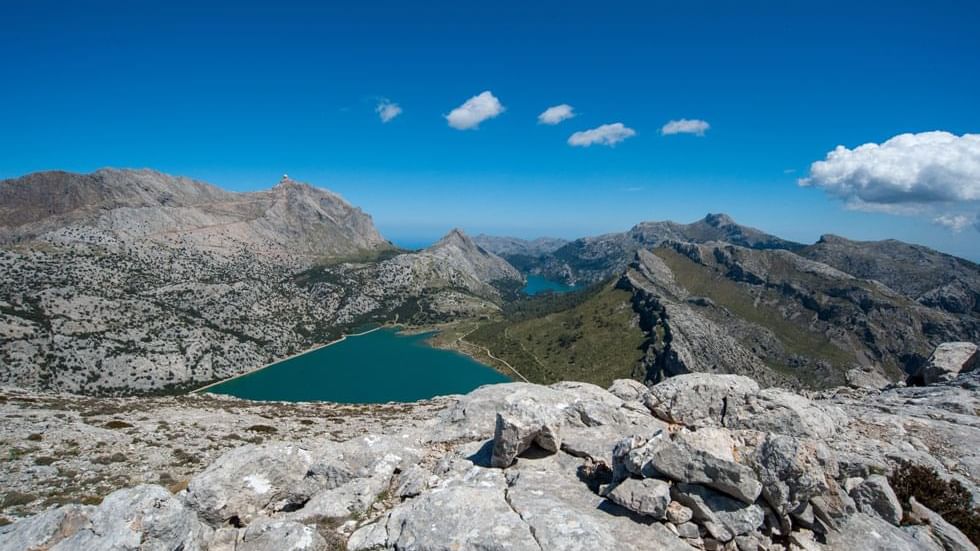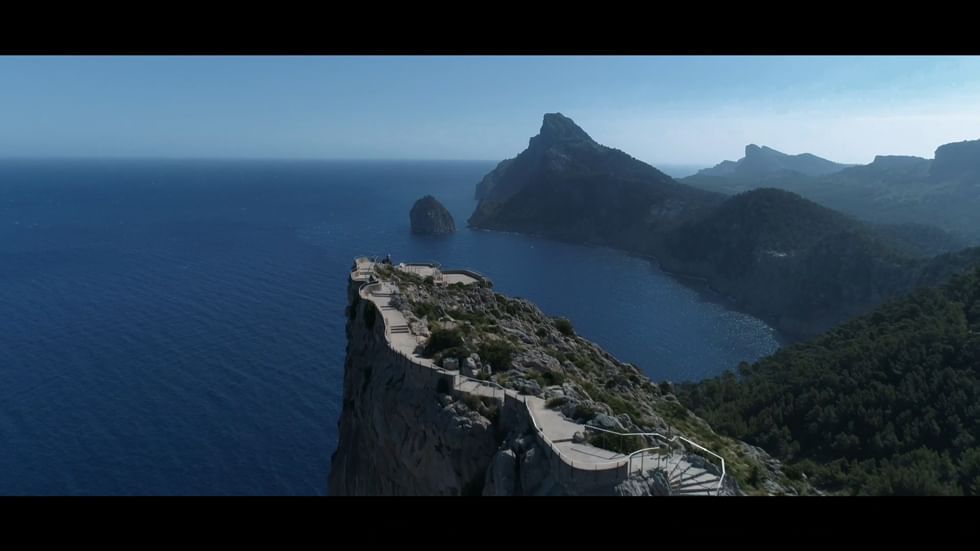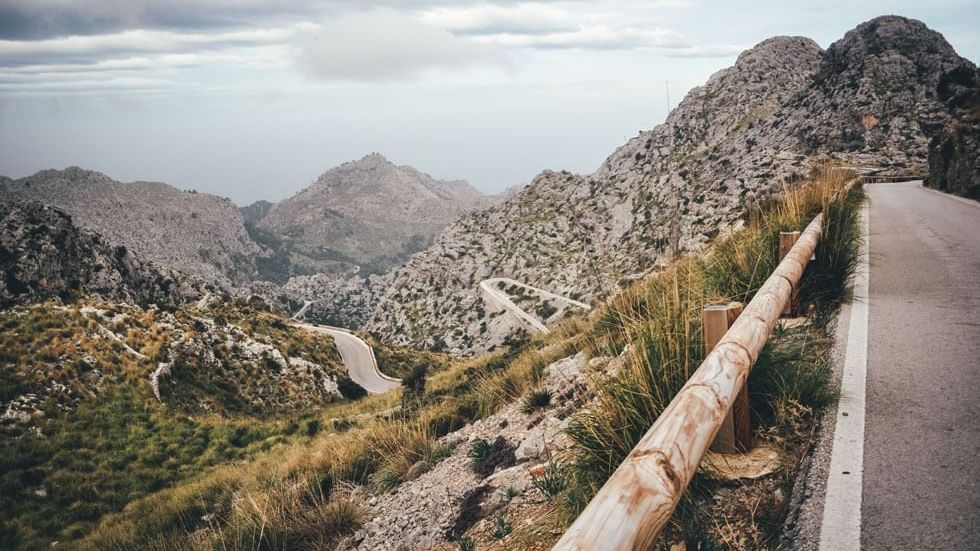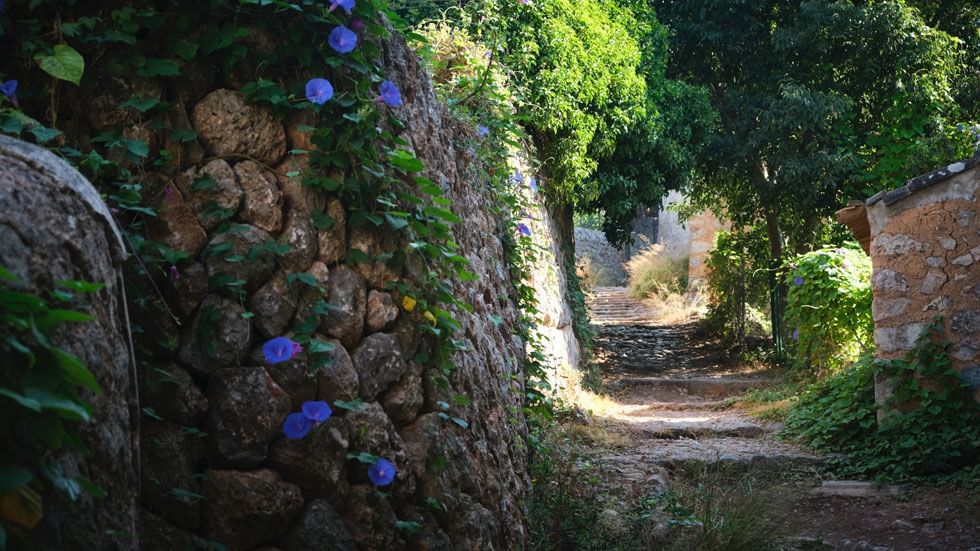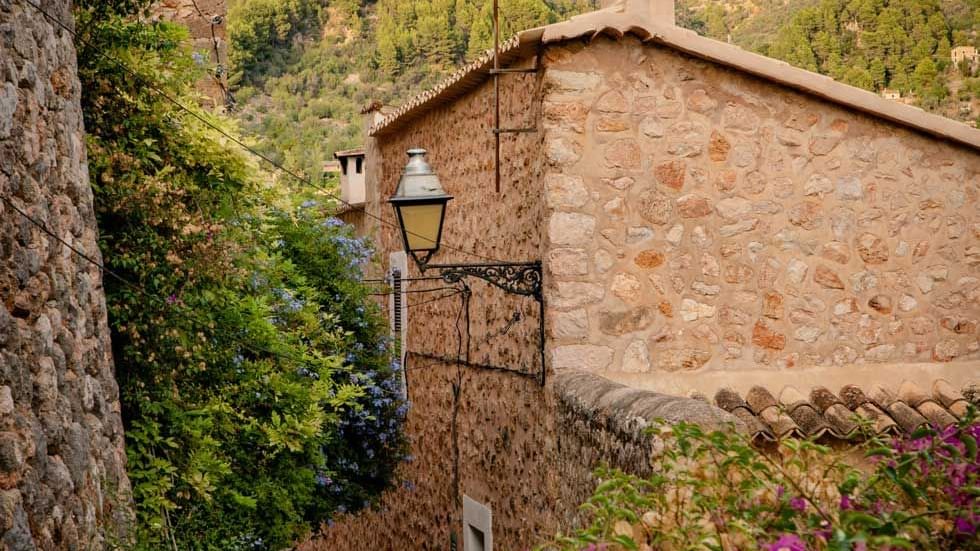Serra de Tramuntana: 10th anniversary as World Heritage Site
The Serra de Tramuntana, which celebrates its tenth anniversary since its recognition as a UNESCO World Heritage Site, is one of Mallorca's greatest natural spectacles. This mountain range stretches across the northwest of the island, covering more than ten municipalities, including Sóller, Valldemossa, Deia, Calviá and Sa Calobra, among others. Its highest point is Puig Major (1,445m high), followed by Penyal des Migdia (1,398m), Puig de Masanella (1,365m), Puig Tomir (1103m) and L'Ofre (1,093m). Its peaks make the Serra de Tramuntana an ideal destination for adventurers, both mountaineers and climbers, as well as for nature lovers.
The Serra de Tramuntana contains a very rich fauna and flora with unique species such as the small "ferreret" and the Balearic holm oak. In fact, the Serra has 65 of the 97 endemic specimens of the Balearic Islands, making it an exuberant natural landscape. Precisely because of its unique landscapes and ways of life, the Serra de Tramuntana was declared a cultural landscape and World Heritage Site by Unesco in 2011 for its "exceptional and universal value, characteristics found nowhere else".
Some of the reasons offered by Unesco for its unanimous declaration as a World Heritage Site were not only its unique ecosystem and unspoiled landscapes, but also its culture and history. This year, on the tenth anniversary of its nomination, the Consell de Mallorca and various departments, including the Department of Sustainability and the Environment, have come together to celebrate the conservation of this cultural and natural landscape that characterises not only our island, but the entire Balearic archipelago.
In addition to its landscapes and the coexistence of the sea and the mountains, the Serra has natural monuments such as Torrent de Pareis (Sa Calobra) and ses Fonts Ufanes (Campanet), and unique spots such as Sa Foradada, Cala Tuent and the steep cliffs of Formentor. Another of its charms are the villages that have the authentic and natural character that characterises the landscape: Campanet, Fornalutx, Valldemossa, Deia, are just some of the most charming places to visit.
And in the heart of the mountains is the bucolic village of Sóller, the regional capital of the Serra de Tramuntana. The ecosystem and natural landscape of Sóller offers a variety of itineraries that are highly appreciated by hikers, precisely because of its combination of mountain, sea and coast.
Thus, Sóller is the starting point for numerous hiking routes and excursions, among which the following stand out:
- Sóller Train Route, with a route that can be taken from the town itself or from Palma in the direction of the Tramuntana. The Sóller train, an old railway with handcrafted wooden carriages, has been crossing the island since 1912. A quiet and peaceful route to enjoy the spectacular views of the Serra de Tramuntana and Mallorcan nature.
- Port de Sóller-Muleta Gran, a 2-hour route of easy difficulty. It starts in Port de Sóller when you get off the tram, and runs along the Torrent Major area, the beach d'En Repic to Muleta Gran. One of the attractions of this route is the visit to the Cap Gros lighthouse.
- Sa Costera, a medium-difficulty route lasting 3:45 hours. This route runs along the seafront from the Ses Barques viewpoint to Cala Tuent and offers a first-hand panoramic view of the Mediterranean, being one of the most original and famous routes for its coexistence of sea and mountain.
The nature of the Serra de Tramuntana, unique in the world, brings together flora, fauna and indescribable landscapes that constitute the purest essence of the island of Mallorca. Its cliffs and deep gorges, lush forests, wide valleys and vineyards, as well as its hidden coves and artificial reservoirs make the Serra de Tramuntana and its regional capital, Sóller, a perfect destination for lovers of hiking and walking to venture along its routes and for any traveller to discover the charms of Mallorcan nature.
